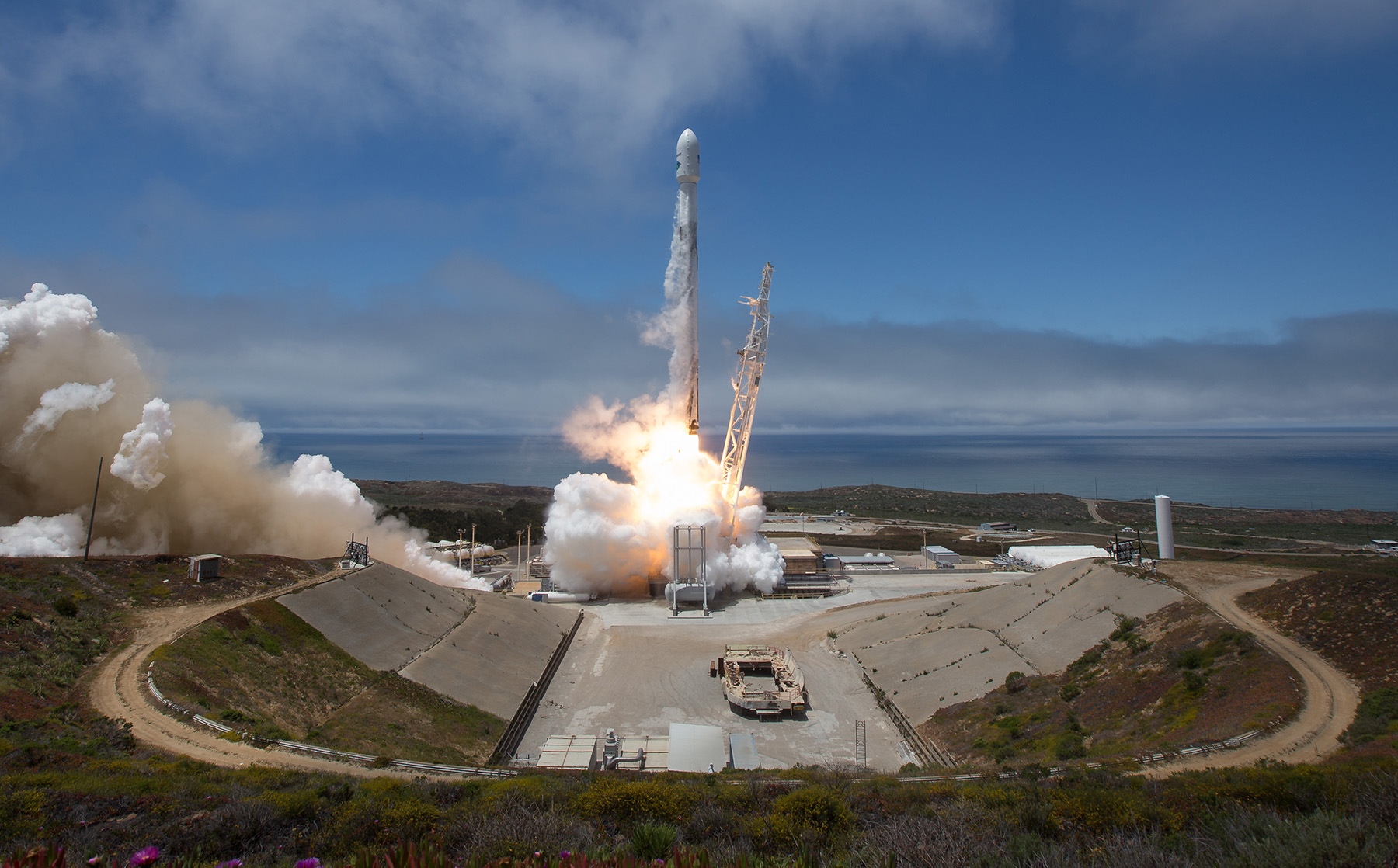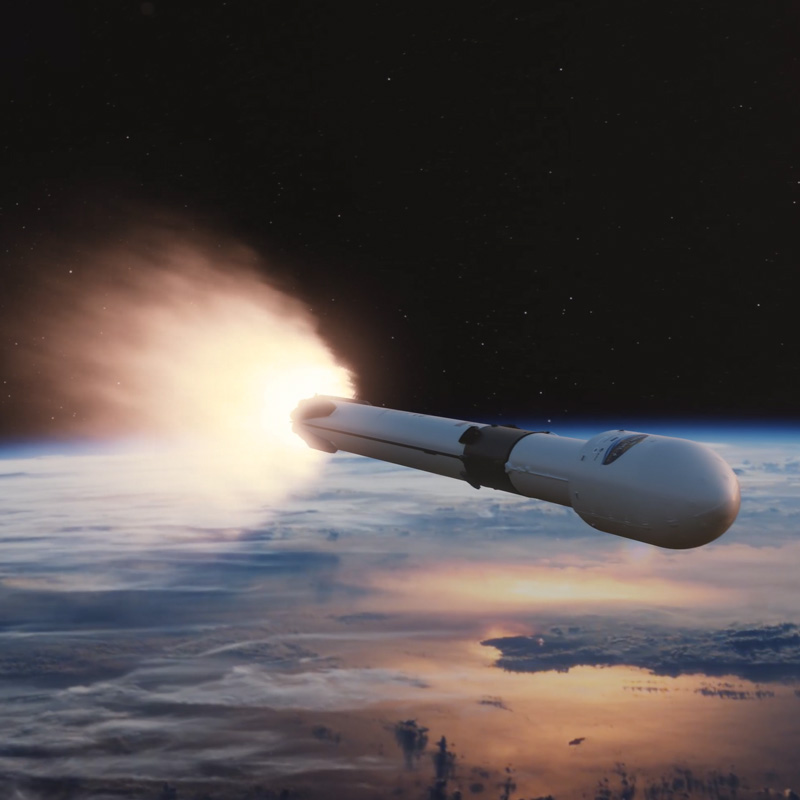Launch Site and Vehicle
The Sentinel-6 Michael Freilich satellite will be launched aboard a SpaceX Falcon 9 Full Thrust rocket from Space Launch Complex 4E (SLC-4E) at Vandenberg Air Force Base in California.
The NASA/German Research Centre for Geosciences GRACE Follow-On spacecraft launched onboard a SpaceX Falcon 9 rocket in 2018 from Space Launch Complex 4E at Vandenberg Air Force Base in California. Sentinel-6 Michael Freilich will launch from the same location aboard another Falcon 9.
Image credit: NASA


